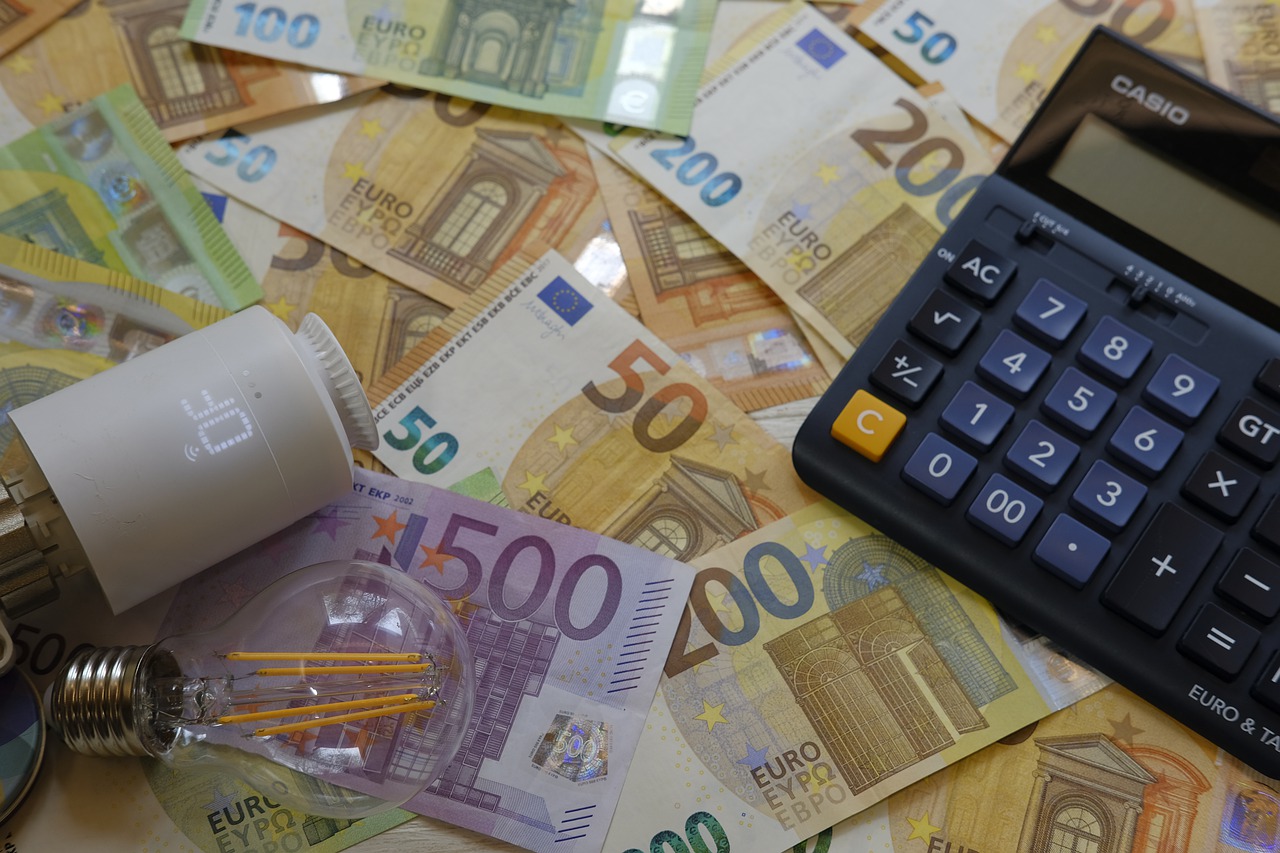Cracking the Code: Exploring the Format and Length of German Bank Account Numbers
GPT_Global - 2024-05-17 09:30:10.0 1335
What is the standard format for a bank account number in Germany?
The standard format for a bank account number in Germany is known as the IBAN or International Bank Account Number. It is a unique combination of letters and numbers that identify a specific bank account and ensure secure and efficient transfer of funds through the remittance process.
The IBAN consists of 22 characters, with the first two letters indicating the country code, which is "DE" for Germany. This is followed by a two-digit check digit, followed by the bank code, also known as the BLZ (Bankleitzahl), which is usually eight digits long. The remaining characters make up the account number, which can range from 10 to 12 digits in length.
For example, a typical German bank account number might look like this: DE xx xxxx xxxx xxxxxxxx xx. The first two letters, "DE," indicate the country code for Germany. The next two digits are the check digit, followed by the eight-digit bank code. The last 10 digits represent the account number.
It is important to know and use the correct format for a bank account number in Germany when making international money transfers through a remittance service. Any mistakes in the account number can result in delays or even errors in the transfer process.
In addition to the IBAN, some German banks also use the Bank Identifier Code (BIC) or SWIFT code. This is an eight or eleven-digit code that identifies the specific bank and branch where the account is held. It is usually required for international transfers and can be found on the bank's website or by contacting them directly.
When sending money to a German bank account through a remittance service, it is important to provide the correct IBAN and BIC/SWIFT code to ensure the transfer is successful. It is also important to double-check all account information before initiating the transfer to avoid any delays or problems.
In conclusion, the standard format for a bank account number in Germany is the IBAN, which consists of 22 characters and includes the country code, check digit, bank code, and account number. It is important to use the correct format and provide the necessary information when making international money transfers through a remittance service. This will ensure a smooth and secure transfer of funds to a German bank account.

How many digits does a German bank account number typically have?
German bank account numbers typically have 18 digits in total. This includes the bank's identification number, the branch code, and the customer's unique account number. This structure is known as the International Bank Account Number (IBAN) format, which is used for all European countries as well. The IBAN format was introduced to facilitate international remittances and make cross-border transactions easier. This means that if you need to transfer money to a German bank account, you will need to provide the beneficiary's IBAN number. It consists of a two-letter country code, followed by two check digits, and then the local bank code and account number. Having 18 digits may seem like a lot compared to bank account numbers in other countries, but this format allows for accurate and efficient processing of international payments. It also helps avoid any potential errors or delays in funds reaching the intended recipient. With the use of IBAN, you can be assured that your money will reach the correct account securely and in a timely manner. If you are looking to send money to a German bank account, it is essential to ensure that you have the correct IBAN number of the recipient. In case you are not sure about the IBAN format, it is always best to contact the bank directly or use a reliable remittance service provider who can assist you in the process. By using the correct IBAN, you can avoid any extra charges or delays in your money transfer. In conclusion, German bank account numbers typically have 18 digits in the IBAN format, consisting of the bank's identification number, branch code, and the customer's account number. As a result, international remittances to German bank accounts have become more convenient, secure, and error-free. So, if you need to send money to a bank account in Germany, make sure to have the correct IBAN number handy for a smooth transfer process.Are there any special characters included in a German bank account number?
When it comes to sending money to a German bank account, there are a few key pieces of information that you will need. One important detail is the bank account number, which is a unique identifier for each account. However, you may be wondering if there are any special characters included in a German bank account number.
The answer is no - German bank account numbers do not have any special characters. They typically consist of a combination of 10 to 12 digits, with the first few digits representing the bank and branch code, and the remaining digits representing the account number itself. This format is similar to other international bank account numbers (IBANs).
It is important to note that German bank account numbers may also vary in length depending on the bank, so it is always best to double check with your recipient before sending a remittance. Additionally, if you are sending money from abroad, you may need to provide additional information such as the SWIFT/BIC code for the recipient's bank.
In summary, when sending a remittance to a German bank account, you will need the recipient's account number, which does not include any special characters. By including the correct information, you can ensure that your money safely reaches its intended destination. Happy sending!
Do all German banks use the same format for account numbers?
When it comes to remittance business, one common question that arises is whether all German banks use the same format for account numbers. The answer is no. German banks do not have a standardized format for account numbers.
Each bank has its own unique format for account numbers, which typically consists of a combination of digits and letters. This makes it important for remittance businesses to verify the format required by the receiving bank before initiating any transfers.
Some German banks may have longer account numbers, while others may have shorter ones. Some banks may require a specific number of digits, while others may allow for a range. It is also worth noting that the format may differ based on the type of account, for example, savings accounts may have a different format than current accounts.
It is essential for remittance businesses to ensure they have the correct account number format to avoid any delays or errors in the transfer process. One way to do this is by using the IBAN (International Bank Account Number) which consists of a country code, check digits, and the domestic account number. This helps in identifying the recipient's bank and ensures the transfer reaches the right destination.
In conclusion, while there is no standardized format for account numbers in German banks, it is crucial for remittance businesses to verify the format required by the receiving bank and use methods such as IBAN to ensure a smooth and accurate transfer process. So, the next time you send money to Germany, make sure you have the correct account number format for hassle-free transactions.
Is the length of a German bank account number consistent across all banks?
When sending money to a German bank account, one may wonder if the length of the account number is consistent across all banks. The answer is yes and no.
Firstly, most German bank account numbers are 22 digits long, regardless of the bank. However, some banks may have slight variations such as adding a checksum digit at the end or starting with a specific prefix. This is due to Germany's banking system having multiple banks and each having its own unique identification code.
Additionally, there are also special account numbers for specific purposes such as business accounts or foreign currency accounts, which may not follow the standard 22-digit format. These account numbers are usually longer and contain specific codes to indicate their purpose.
Although the length of a German bank account number may vary slightly depending on the bank and type of account, it is generally consistent at 22 digits. Therefore, when sending money to a German bank account, it is important to ensure that the correct account number format is used to avoid any delays or errors in the transaction.
Overall, while the length of a German bank account number may not be exactly the same across all banks, understanding the general format and any special codes is essential for successful remittance transactions to Germany.
About Panda Remit
Panda Remit is committed to providing global users with more convenient, safe, reliable, and affordable online cross-border remittance services。
International remittance services from more than 30 countries/regions around the world are now available: including Japan, Hong Kong, Europe, the United States, Australia, and other markets, and are recognized and trusted by millions of users around the world.
Visit Panda Remit Official Website or Download PandaRemit App, to learn more about remittance info.



